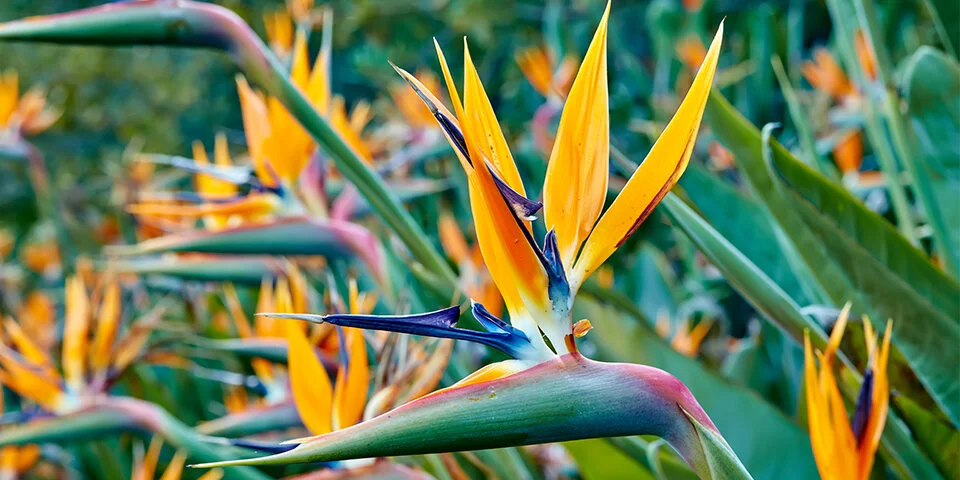The seeds of beans and peas can be sown directly in the ground, but that method exposes them to several hazards. They can rot before they germinate, especially during the cool weather which is best for garden peas and favas. The infant sprouts can be devoured by soil pests like sowbugs before they reach daylight, which is one of the causes of what I call pollywogs, beans that emerge showing only cotyledons and failing to develop true leaves. Finally, the survivors may be poorly spaced, crowded in part of the row and with gaps elsewhere.
In the past we have reduced these problems by sprouting the seeds between layers of damp paper towels, setting them out when the rootlets reach about a quarter inch in length. That doesn't completely deal with the soil pests but leaves them exposed to attack for a shorter time before they emerge.
This year that strategy also failed us. I suspect that the seed companies, for reasons related to the pandemic, are selling older and less viable seed, increasing our losses because of low germination and less vigorous young plants. I am now starting seed in 2-1/2 inch round pots, though 6-packs might work almost as well. For some varieties whose germination may be 40% or less, I plant two or three seeds per pot. Even if all three seeds germinate, they are easily separated for planting at this young stage with almost complete survival after setting out. This method is a bit more work, but it's so successful that I'll stick with it, even if seed quality improves in the future, which I suspect it won't.
Because of the deteriorating quality of seed, the losses from sprouting to mature plant, and the stingy quantities sometimes provided by the seedsmen, we have turned more and more to saving seeds from our own plants. This strategy won't work for hybrids, but most legume seeds are open-pollinated. The flowers are self-fertile and cross-pollination between varieties doesn't occur readily, though the authorities recommend separating them by 10 to 20 feet. That makes it possible to start 40 to 50 seeds with each planting, which would seem a lot to supply one elderly couple, but sometimes it's barely enough. If we do find the harvest excessive, we have plenty of friends and family, so it doesn't go to waste.
The legume seeds we've saved geminate reliably for at least two years when kept indoors at room temperature. If we wanted to keep them longer, we would freeze them in airtight containers, such as plastic prescription bottles, with a packet of silica desiccant. Seeds need to be thoroughly dried before they are put in an airtight environment. Otherwise, they are likely to mildew. I find that just leaving them exposed to the air in a cool but not dark place works fine. Keeping them in a dark closet is a bad idea if you live close to the beach, as we do. Mildew will surely find them.
